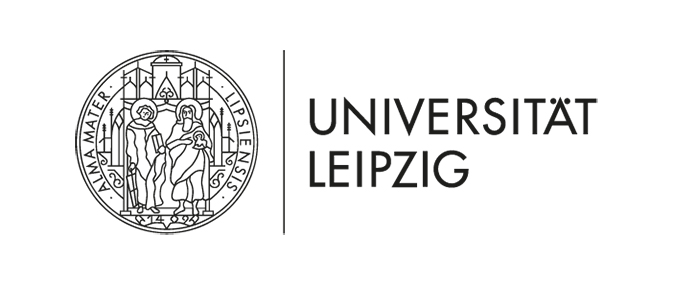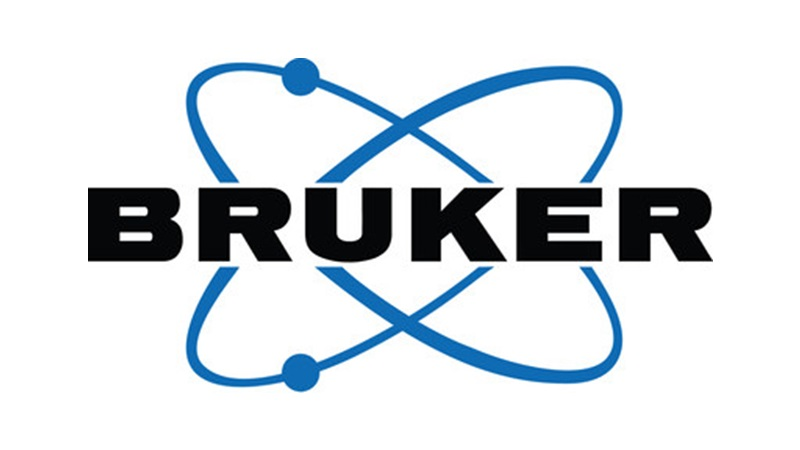|
14th Annual Symposium Physics of Cancer Leipzig, Germany Oct. 4 - 6, 2023 |
PoC - Physics of Cancer - Annual Symposium | ||||||||||||||||||||||||||||||||||||||||||
|
|
Poster
Exploring the biophysical properties of hepatocellular carcinoma in an orthotopic mouse model through in vivo elastography
Contact: | Website
Background: Hepatocellular carcinoma (HCC) is the sixth most prevalent cancer globally and the third leading cause of cancer-related deaths. Understanding HCC involves examining the interplay between the tumor and its microenvironment, referred to as the Tumor Surrounding Environment (TSE). Tomoelastography, a multifrequency MR-elastography (MRE), offers insights into tissue mechanics in vivo. This study used a syngeneic orthotopic HCC mouse model to explore biomechanical properties and water diffusivity.
Methods: Ten adult female BALB/c mice underwent liver implantation with mouse HCC cells (BNL1MEA.7R.1). Imaging scans (3T MRI) occurred one week before implantation and at two, four, five, or six weeks post-surgery. Tomoelastography involved vibrations at 300, 400, and 500 Hz using a custom piezo-based actuator system. We acquired 3D wavefields and performed Diffusion-weighted Imaging (DWI). Tomoelastography data were processed to provide shear wave speed (SWS) and penetration rate (PR) maps. Histologic analyses were conducted, and statistical analysis was performed. Results: Preliminary data showed significant liver stiffening (SWS) at four and six weeks compared to baseline. PR tended to increase at 2w, 4w, and 5/6w. Water diffusivity (ADC) showed no significant decrease. At 6w, tumors were visible, appearing stiffer and less viscous than surrounding liver tissue. Histologic analysis confirmed tumor growth and systemic effects. Discussion: This study explores the biophysical properties of HCC and its liver environment during cancer progression. Liver stiffening may relate to early inflammatory reactions. Tumors at six weeks appeared stiffer, consistent with prior research. Further immunohistology analysis is needed. Conclusion: In vivo biophysical imaging properties, particularly viscoelasticity and water diffusivity, exhibit sensitivity to structural alterations during HCC progression. These insights advance our comprehension of tumor-environment dynamics.
|









